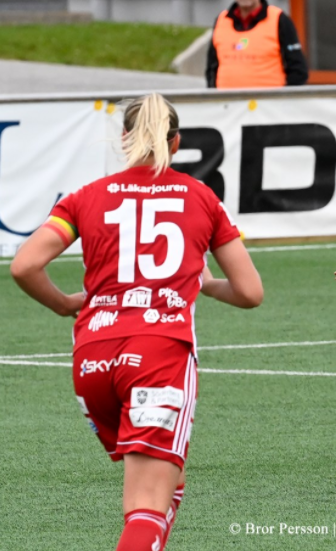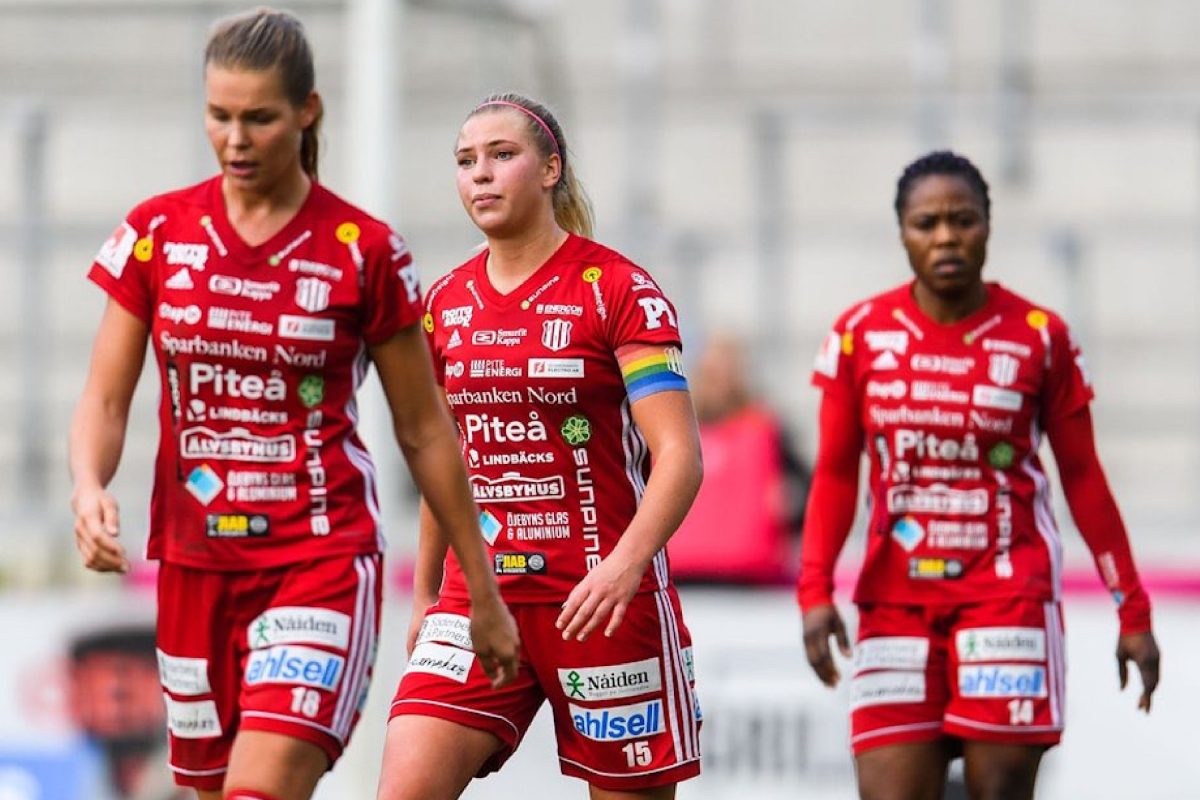Football is the most popular sport on the planet, with millions of people going to stadiums or tuning into their television sets just to catch a glimpse of what we call the beautiful game.
As a result, it is also a sport much publicized and invested into: with a lot of institutions and companies willing to sponsor football teams to get their brand in the spotlight of thousands of people.
While top clubs have a limited list of sponsors enlisted either as club sponsors or displayed on the jersey itself, it is the lesser clubs who lack proper investment by established companies: and therefore have to accomodate space for more small companies instead.
Fans on social media have recently spotted an instance of the latter, where every inch of vacant space on a certain club’s football jersey has been covered with numerous sponsors.
Pitea IF, a Swedish women’s football club has recently come under the social media spotlight for donning an unbelievable number of sponsor logos on their jerseys.
The kits are being compared to NASCAR drivers’ bodysuits, who have a similar number of sponsors displayed on them.
Don’t think we’ve ever seen this many sponsors on a shirt before.
— COPA90 (@Copa90) November 24, 2020
Full respect to Swedish Women’s team @piteadam for going all out with this kit, surely there can’t be more sponsors on the back?pic.twitter.com/cV7t4DVIlj
When NASCAR meets Football. pic.twitter.com/c2XVkrHxmr
— Ricardo Fort (@SportByFort) November 24, 2020
It would not be an exaggeration to say that it is truly a herculean task to find an inch of vacant space on the front of the jersey, but that is not where it ends: even the back of the jersey sports a fair bit of sponsor logos, and so do the shorts & sleeves.

Instead of having the regular jersey sponsor and a few more key sponsors, Pitea’s jersey is heavily adorned with logos of their numerous sponsors to the extent where it is hard to even discern the club crest.
The amusement factor aside, the abundance of sponsors displayed on Pitea’s jerseys is likely to raise an eyebrow or two about the underinvestment in women’s football and a disparity in media representation, where the club’s only way to survive might be to gather lots of smaller sponsors and partners.
It might also be a premature nod to what lies ahead for football clubs in a very privatized world in the distant future, with the inclusion of sleeve sponsors in the Premier League not a very long time ago.



